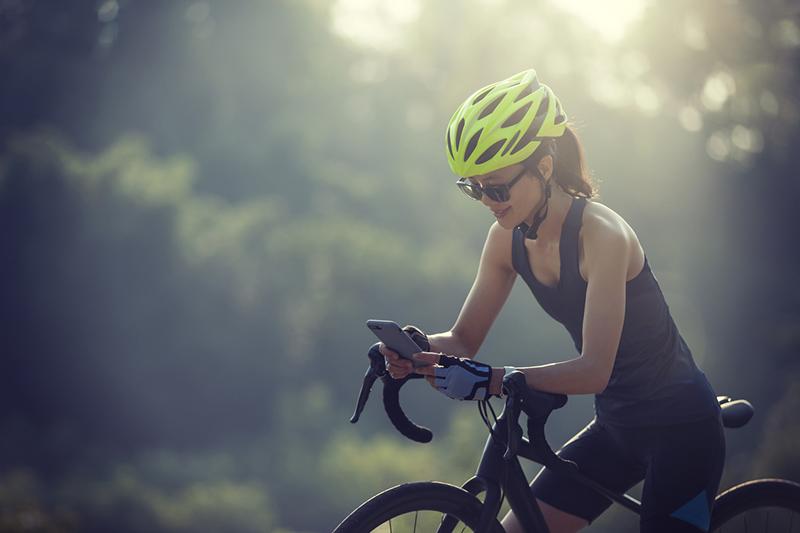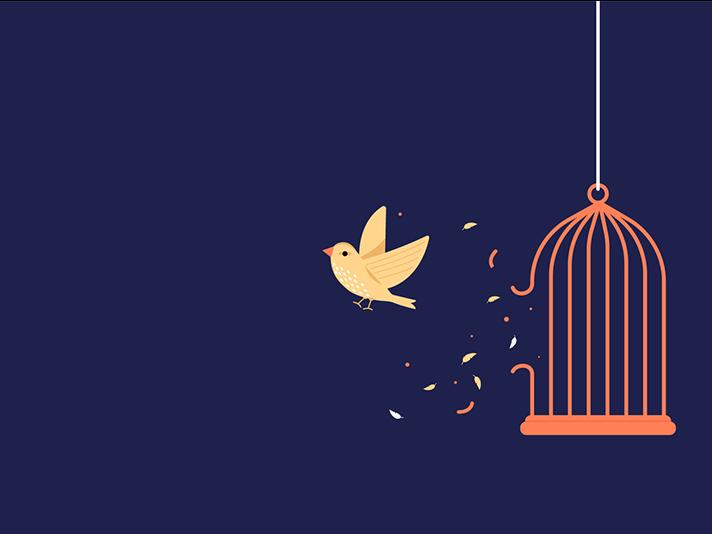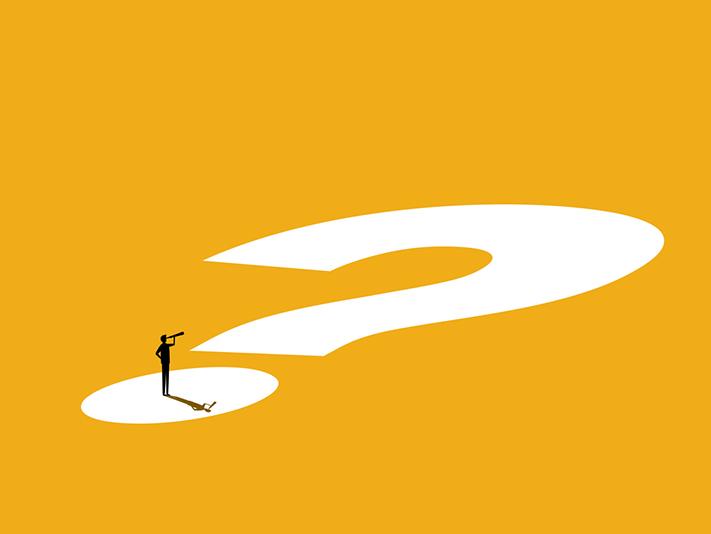Incubation – the slow, subconscious, misunderstood phase where ideas evolve in the background – isn’t part of most educational models. It doesn’t look like work. It doesn’t produce visible results. It takes place in the space between research and ideation. It’s easy to ignore. But it’s where originality often takes root.
Many students arrive attuned to urgency, raised in a world where answers appear before they’ve finished the question. When ideas take time, they assume they’ve failed. Waiting feels inefficient. Wandering feels like a waste of time.
And some simply have no space to wander. Clubs, sports, caring responsibilities or, for many of my students, part-time jobs mean they have little unstructured time to think, let alone to incubate. The expectation to “let ideas come to you” only works if you ever get a quiet moment to yourself.
What incubation looks like as part of the creative process
We have all experienced incubation; it’s the trying to remember a name, word or fact that just won’t come but appears hours later, while you’re washing up or walking the dog, without effort. Psychologists call it the incubation effect. It’s a well-documented phenomenon, where stepping away from a problem allows the brain to keep processing unconsciously. It’s not magic. It’s cognitive science.
- ‘Creativity is a practice, not an astonishing stroke of good luck’
- Slowing down in the pandemic went well – so why speed back up?
- How to write even when the words won’t come
So, incubation isn’t procrastination or slacking off. It’s the brain at work connecting, filtering, reshaping everything it’s been fed.
For this to effectively work, though, the feeding matters. Research, reflection and exploration all lay the groundwork. The “aha” moment doesn’t appear from nowhere; it arrives when the brain has something to chew on.
But, crucially, incubation can’t be forced. One of my students once tried to hack the process: she designed her own “incubation space” with soft lighting, incense and calming music. But she sat there actively waiting for inspiration, and it never came. She hadn’t switched off. She’d just changed location.
One of my own clearest examples? The bike ride home. After a full day of teaching, ideas will often emerge as I cycle back, usually when I’ve stopped thinking about them entirely. I’ve had to pull over more than once to record a voice note before the thought disappears. It’s not the cycling itself; it’s the shift in focus, the change of pace, the space to let something surface.
Incubation only works when we let go. That’s why ideas come in the shower, on long walks or while washing up. We’re not trying and that’s when it happens.
Make incubation part of university teaching and learning
The value of incubation is why I deliberately build it into my teaching. For example, when a student was still struggling to progress an idea after I had introduced a concept, I encouraged her to step away from her desk. She and her creative partner went for a coffee, only to have the solution appear moments later. The breakthrough happened when they gave their minds permission to pause. They had already done the hard part of researching; they just needed to let it percolate.
To help students embrace this overlooked phase of creativity, we can:
Build in recovery time
Don’t just assign a brief; design the process to include incubation. Plan in recovery time, a pause, after research or ideation. Let students sleep on it, walk away or deliberately disconnect. Make incubation an expectation, not an afterthought.
Of course, some students struggle with this. In a world engineered to prevent boredom, even a few minutes without stimulation can feel unbearable. Phones, with their endless dopamine drip, disrupt the stillness that incubation needs. I now frame this explicitly: “If your brain is still scrolling TikTok, it’s not in the shower yet.”
Reward reflection
Ask students what came to them when they weren’t working. Celebrate off-desk breakthroughs.
To make incubation visible, I often ask students to journal one insight or shift in thinking that came away from their desk. These “off-desk breakthroughs” not only validate the process, they help students reflect on when and how their best ideas arrive. Over time, they learn that staring harder isn’t always the answer. Sometimes, stepping away is the most strategic move they can make.
Normalise discomfort
Let them know the frustration phase is where deeper insight often begins.
Model your own process
Share when your ideas arrive, such as while gardening, commuting or doing nothing at all.
A reflection from my bike
In education, productivity is often measured by what’s visible. But creativity doesn’t always look busy. Sometimes, it looks like staring out the window or pedalling home in silence. If we want original ideas, we have to protect the pause. It’s not just about input and output. It’s about everything that happens in between.
So, next time your students feel stuck, tell them to take a hike or get on their bike in the most constructive, professional way possible.
David Thompson is a senior lecturer in creative advertising at the University of Lincoln.
If you would like advice and insight from academics and university staff delivered direct to your inbox each week, sign up for the Campus newsletter.




comment